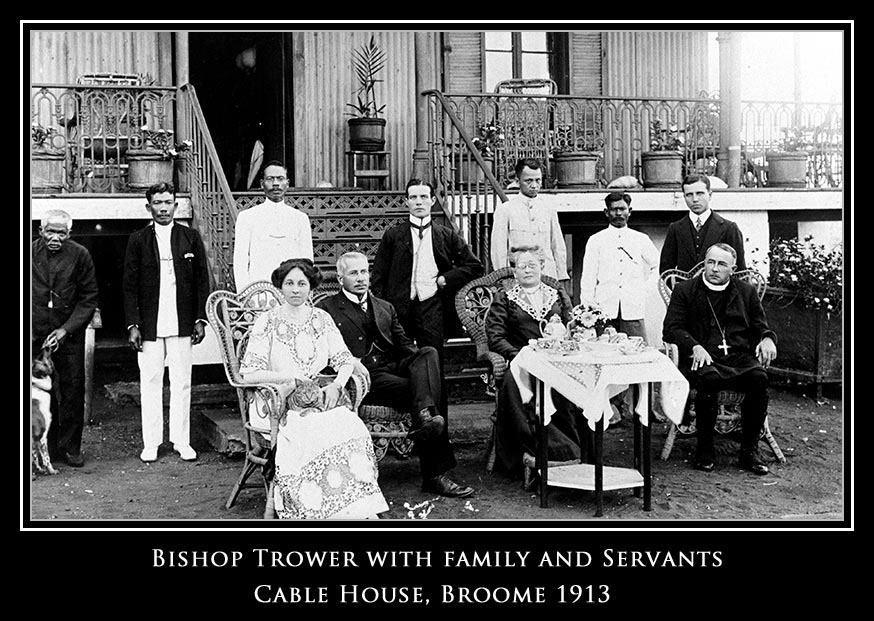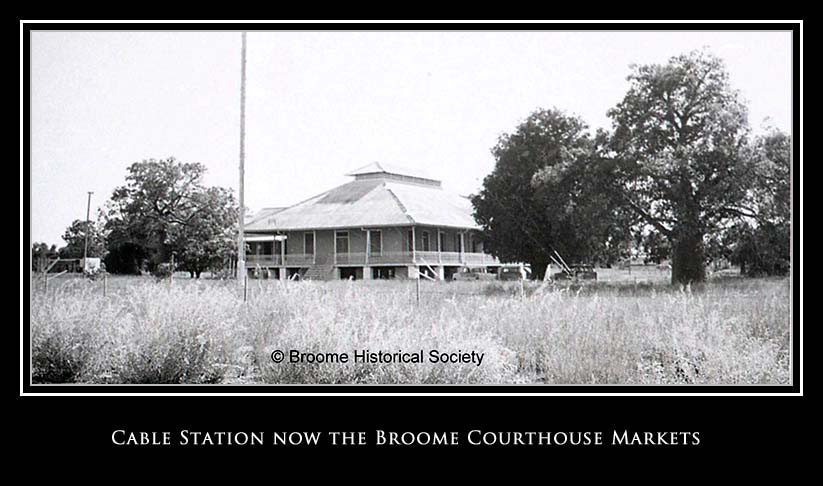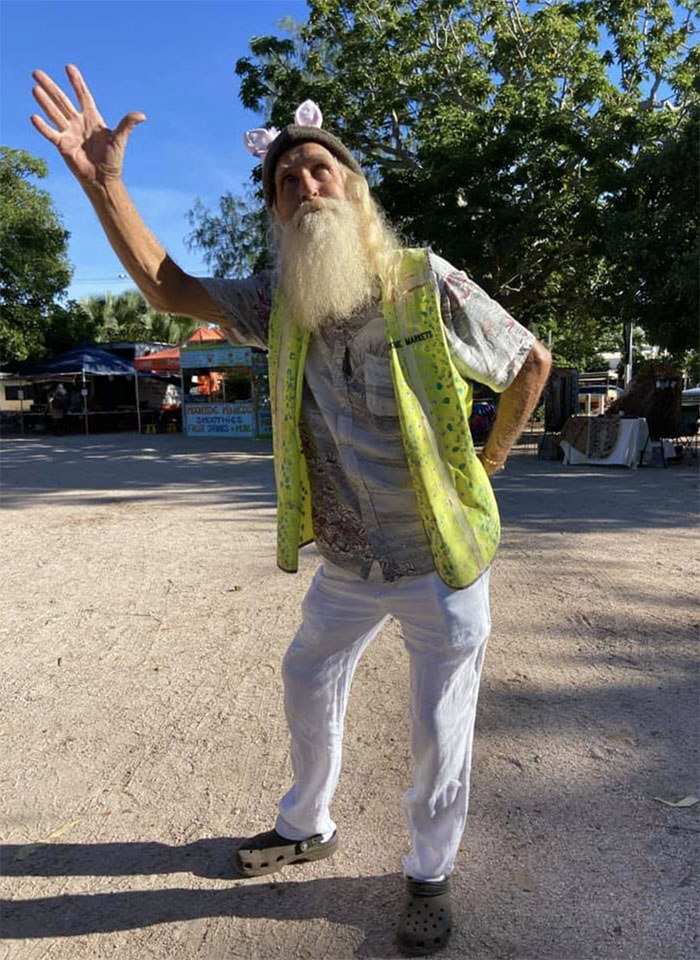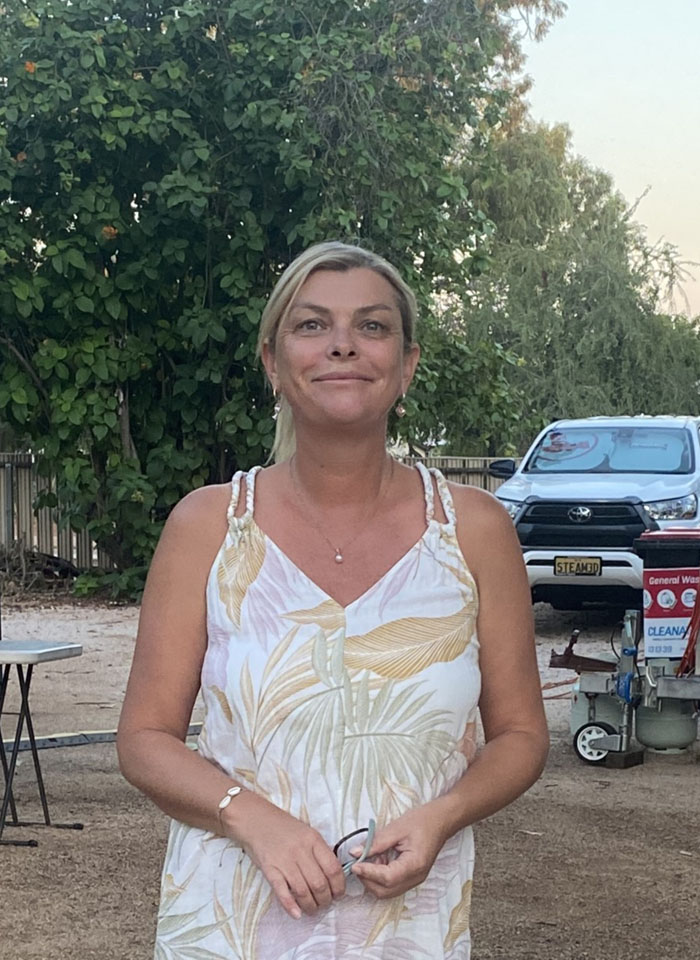WHATS OUR STORY?
The Courthouse Markets are overseen by the Broome Community Stallholders Association and a voluntary committee comprised of regular stallholders and is not for profit.
SUPPORTING COMMUNITY
The Broome Community Stallholders Association (BCSA) is proud to support our local community by providing space, support, and a platform for organisations to raise awareness and promote community preparedness.
Over the years, a number of important groups have used the Broome Courthouse Markets to connect with and educate the community.
Broome Courthouse History
The building was occupied by November 1889 and included rooms for the Cable Station and separate living quarters.
Vegetable gardens were developed around the building and on the adjacent lot, for use in cooking which was carried out in a separate kitchen building.
The kitchen has been demolished but the floor slab remains and is now used for the toilet block and store.
The Cable Station had a tennis court, a billiard room, and servants to look after the British staff and their guests. It was thus an elegant and attractive place that featured prominently in the early social life of the town.
Extract from a report by Max Anderson Feb 2004
Extract from a report by Dr Cathie Clement (Perth) and Heritage and Conservation Professionals
Kindly supplied by the Broome Historical Society


In 1914 the Broome Cable Station was taken out of service after being in operation for 25 years when the Eastern Extension, Australasia and China Telegraph Company Limited (referred to as the E.E.T. Company) built a new station at Cottesloe (near Perth, WA) with a cable link to Africa via the Cocos Islands.
In 1921, the Cable Station was purchased from the Telegraph Company for the sum of 3000 pounds and after a further expenditure of 1100 pounds was converted into a Court House. Apart from its use by the army in World War 2, the building has served as the Broome Court House.
Fortunately the size and fabric of the Station was not changed and it stands today in 3 acres of landscaped tropical gardens, a magnificent iron and timber building, as an excellent example of 19th Century Colonial Architecture. This building is the oldest Cable Station still standing in Australia today.
Broome History
In the late 1880s the small settlement of Broome located on Roebuck Bay in the north of the Colony of Western Australia consisted of two stores and a few scattered houses. It had no road or rail connection to the south of the Colony and depended on limited sea transport for its supplies and communication.

In 1914 the Broome Cable Station was taken out of service after being in operation for 25years when the Eastern Extension, Australasia and China Telegraph Company Limited (referred to as the E.E.T. Company) built a new station at Cottesloe (near Perth, WA) with a cable link to Africa via the Cocos Islands.
In 1921, the Cable Station was purchased from the Telegraph Company for the sum of 3000 pounds and after a further expenditure of 1100 pounds was converted into a Court House. Apart from its use by the army in World War 2, the building has served as the Broome Court House.
Fortunately the size and fabric of the Station was not changed and it stands today in 3 acres of landscaped tropical gardens, a magnificent iron and timber building, as an excellent example of 19th Century Colonial Architecture. This building is the oldest Cable Station still standing in Australia today.

The building was occupied by November 1889 and included rooms for the Cable Station and separate living quarters.
Vegetable gardens were developed around the building and on the adjacent lot, for use in cooking which was carried out in a separate kitchen building.
The kitchen has been demolished but the floor slab remains and is now used for the toilet block and store.
The Cable Station had a tennis court, a billiard room, and servants to look after the British staff and their guests. It was thus an elegant and attractive place that featured prominently in the early social life of the town.
Extract from a report by Max Anderson Feb 2004
Extract from a report by Dr Cathie Clement (Perth) and Heritage and Conservation Professionals
Kindly supplied by the Broome Historical Society
Broome History
In the late 1880s the small settlement of Broome located on Roebuck Bay in the north of the Colony of Western Australia consisted of two stores and a few scattered houses. It had no road or rail connection to the south of the Colony and depended on limited sea transport for its supplies and communication.
Say hello to the team behind the Broome Markets!
We have coordinator, Frans Hoogland, Ground keeper, Vicente Bello and Market Manager, Nic Cadden.
All market day activity, is undertaken by the market team on behalf of the BCSA Committee. The markets team are present at all Broome Markets and are available to assist all stallholders and visitors to the markets.
Say hello to the team behind the Broome Markets!
We have coordinator, Frans Hoogland, Ground keeper, Vicente Bello and Market Manager, Nic Cadden.
All market day activity, is undertaken by the market team on behalf of the BCSA Committee. The markets team are present at all Broome Markets and are available to assist all stallholders and visitors to the markets.



